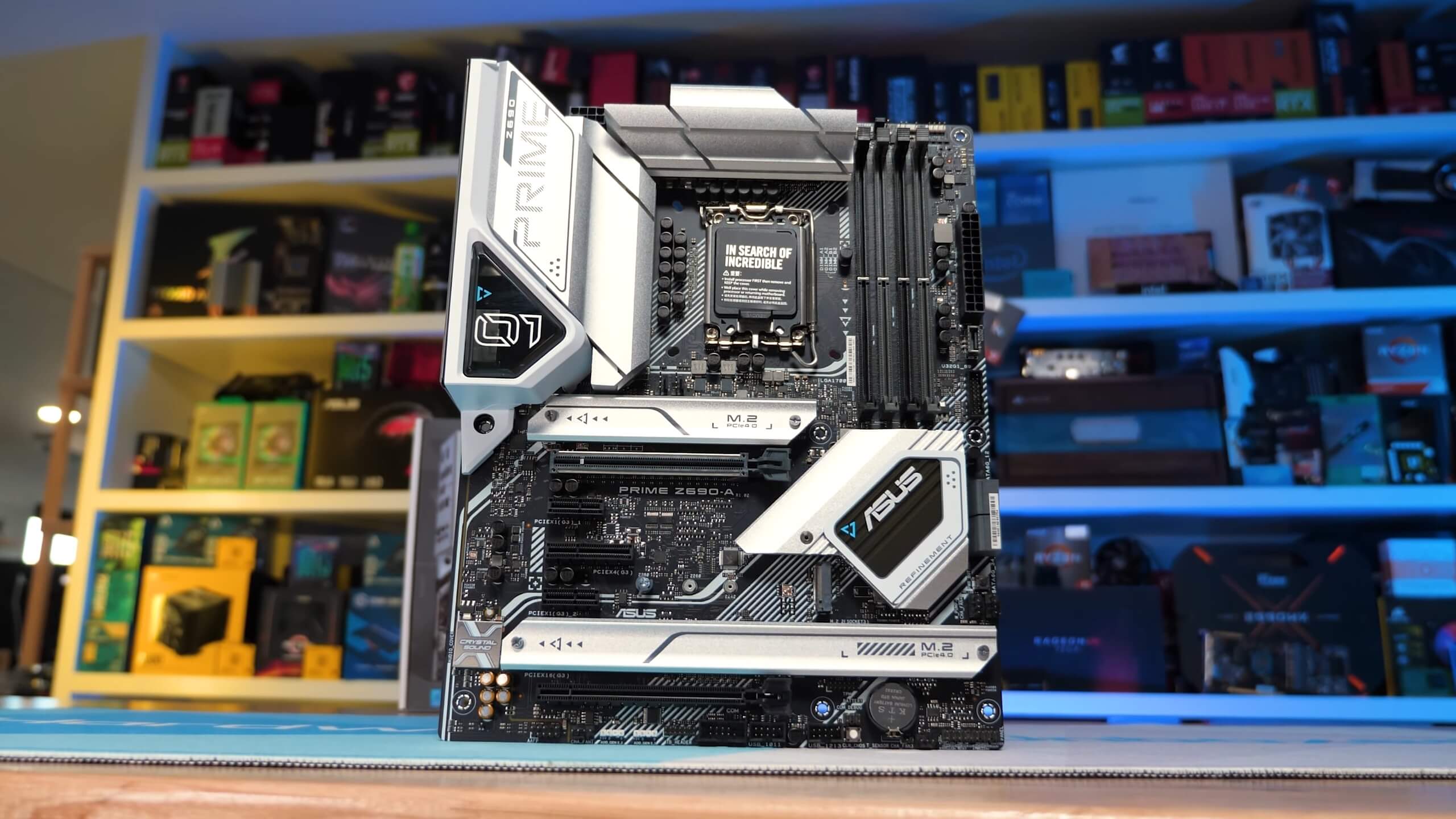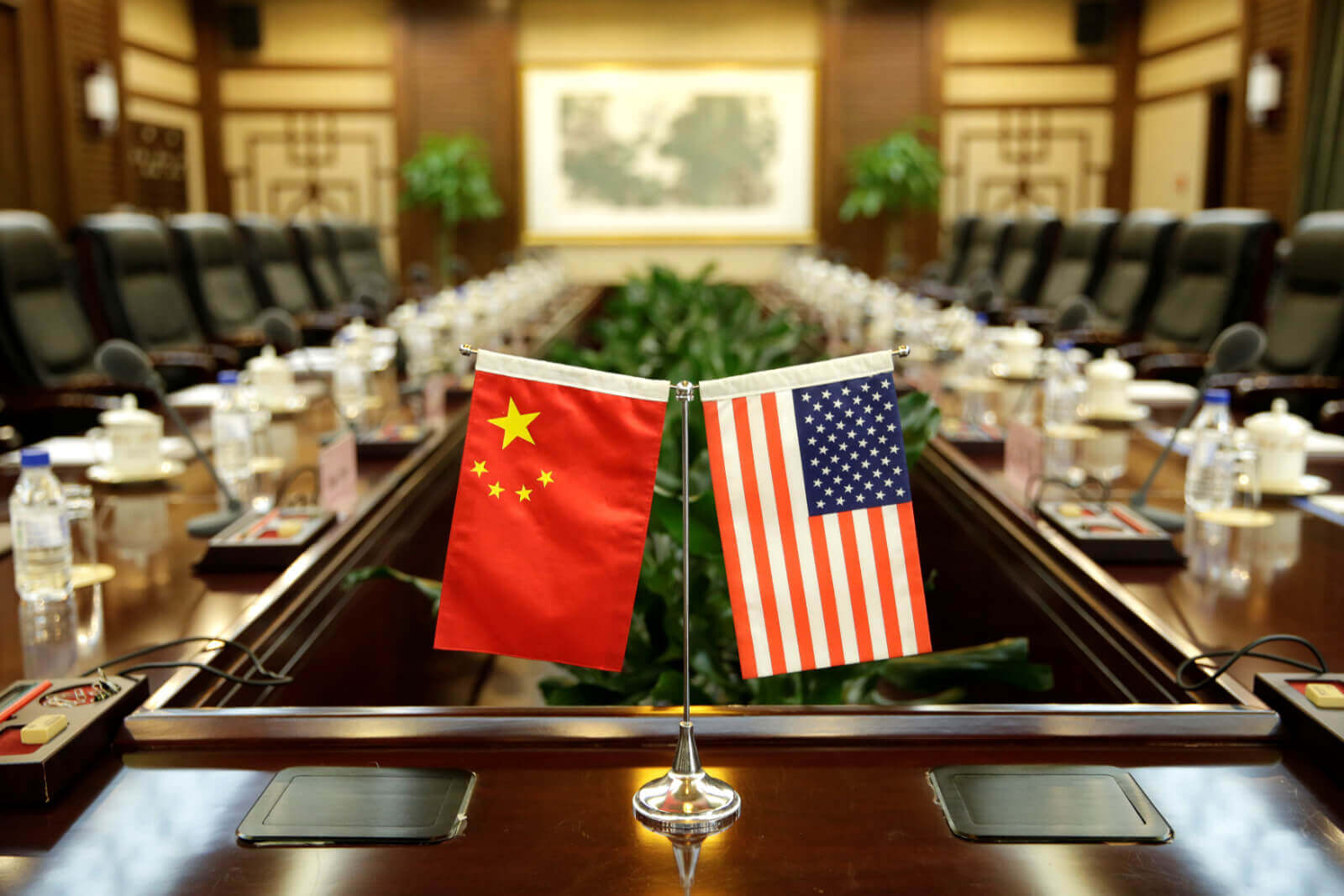What just happened? The US Trade Representative's office is reinstating expired exemptions on some tariffs put on Chinese imports by the Trump administration. Among the items added to the exclusion list is Printed Circuit Boards (PCBs), an integral part of consumer hardware such as motherboards and graphics cards.
The USTR office has reinstated 352 expired product exclusions from US "Section 301" tariffs on Chinese imports, writes Reuters, which is fewer than the 549 eligible exemptions it had been considering. The products cover a range of the $370 billion worth of Chinese imports former president Trump hit with tariffs of 7.5% to 25% during the US-China trade war.
In among the items are electric motors, certain car parts and chemicals, backpacks, bicycles, vacuum cleaners, and PCBs. The exclusions are retroactive from October 12, 2021, through to December 31, 2022.
Tom's Hardware notes that there's a chance motherboard and graphics card makers will pass the savings on to consumers, though we'll likely see the former affected more than the latter, given that GPUs prices are impacted by other factors, such as scalpers and miners.

Last December, Nvidia and Zotac made a request to the USTR to reinstate exemptions on certain Chinse-manufactured electronic goods. Nvidia specifically cited the lack of GPU manufacturing outside of China. "The products are not manufactured in the US and in only limited amounts in Taiwan. Efforts to create new capacity in countries that presently do not manufacture such products (such as the US and Vietnam) were unsuccessful and were severely hampered by the fallout from COVID-19," Nvidia said.
HP also noted China's importance as the primary source of imports, while Apple, Google, and Intel filed comments urging the USTR to make certain Chinse-manufactured electronic goods exempt from tariffs.
Even if reinstating the exemptions does not affect graphics card prices, these have been falling recently. Germany has seen their lowest prices since the start of 2021, and one card in the country is actually below MSRP, while our research shows the average selling point of GPUs on eBay fell by another 10% between February and March. But as Nvidia points out, people are still paying around $300 more for a new RTX card than what they paid for their current GPU.
